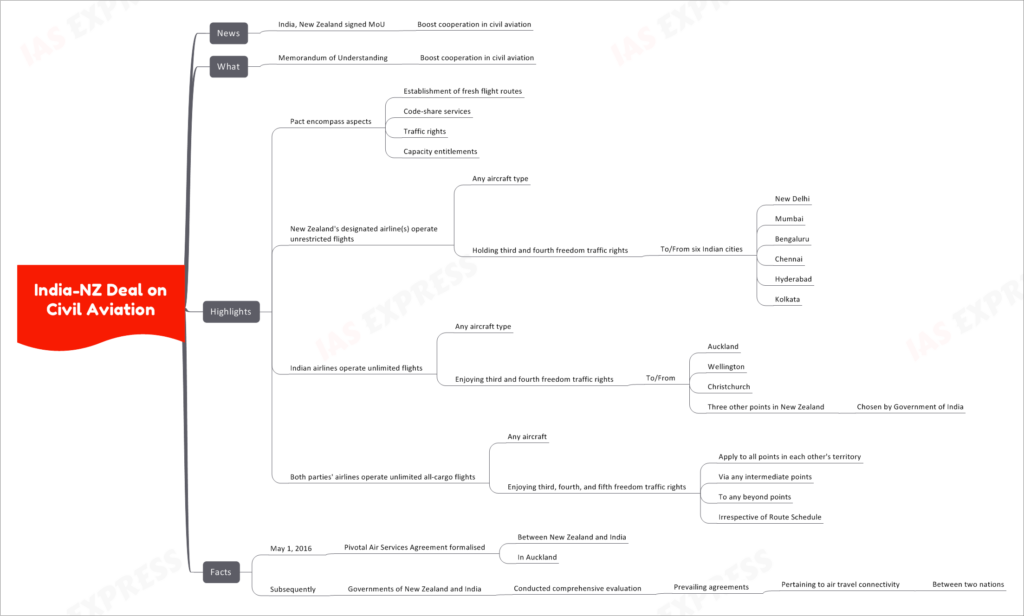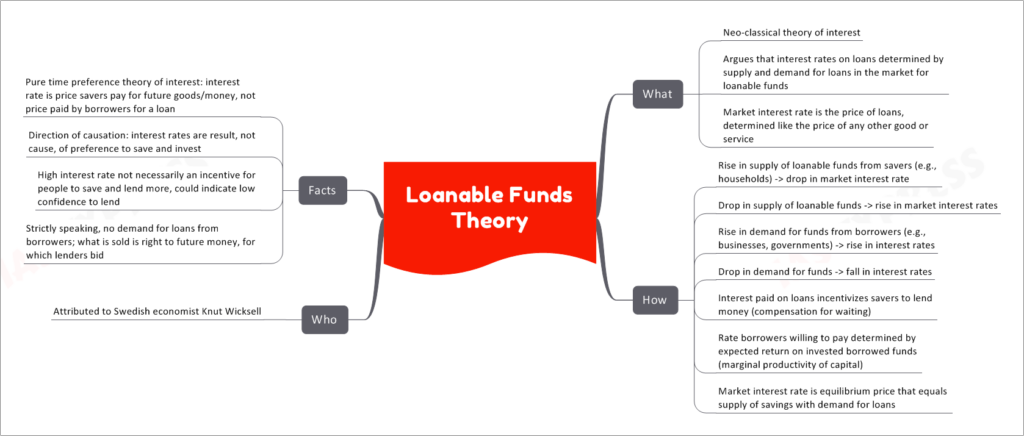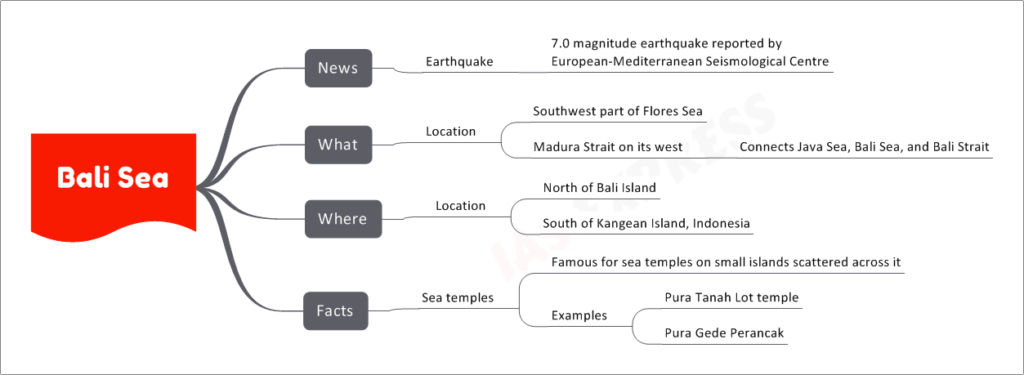[Newsbits] 29.08.2023

BS 6 Stage II ‘Electrified Flex Fuel Vehicle’

The launch of the BS 6 Stage II ‘Electrified Flex Fuel Vehicle’ by the Union Minister for Road Transport and Highways marks a significant milestone in automotive technology.
Unveiling the Electrified Flex Fuel Vehicle
A Hybrid Marvel
The BS 6 Stage II ‘Electrified Flex Fuel Vehicle’ is a groundbreaking creation that seamlessly combines a Flexi Fuel engine with an electric powertrain, offering a dual advantage that encompasses higher ethanol utilization and enhanced fuel efficiency.
Reaping Benefits
- Ethanol Boost: This vehicle enables increased utilization of ethanol, an indigenous, eco-friendly, and renewable fuel source.
- Fuel Efficiency: Similar to a Strong Hybrid Electric Vehicle (SHEV), the ‘Electrified Flex Fuel Vehicle’ offers elevated fuel efficiency, potentially providing 30-50% higher efficiency compared to conventional vehicles.
- Electric Drive: The vehicle can run in Electric Vehicle (EV) mode with the engine shut off, allowing it to operate in EV mode for 40-60% of its runtime.
Compliance and Features
Meeting Stringent Emission Standards
- BS6 Compliance: The vehicle adheres to India's stringent BS6 emission standards, which replaced the earlier BS4 norms.
- Emission Reduction: The BS6 norms demand significantly reduced permissible pollutant levels, including carbon monoxide, hydrocarbons, nitrogen oxides, and particulate matter.
Two-Phase Implementation
- Phase 1: Effective from April 1, 2020, the first phase of BS6 implementation witnessed substantial reductions in permissible pollutant limits, setting new standards for emissions.
- Phase 2: Initiated on April 1, 2023, the second phase focuses on Real Driving Emission (RDE) testing. This testing measures emissions emitted by a vehicle while in real-world driving conditions, offering a more accurate assessment of its environmental impact.
Pioneering Innovation
A Vehicle of Firsts
The BS 6 Stage II ‘Electrified Flex Fuel Vehicle’ stands as the world's first prototype of its kind, exemplifying cutting-edge innovation that pushes the boundaries of conventional automotive design.
Prospects and Implications
Ethanol's Promise
The utilization of ethanol as a fuel source holds immense potential for India. As an indigenous and renewable fuel, ethanol aligns with sustainable energy goals, promising a cleaner and greener future for transportation.
Development and Credit
Based on the Innova Hycross
The BS 6 Stage II ‘Electrified Flex Fuel Vehicle’ is based on the Innova Hycross, serving as a platform for this advanced hybrid technology.
Developed by Toyota Kirloskar Motor
This groundbreaking vehicle is a testament to the pioneering efforts of Toyota Kirloskar Motor, showcasing their commitment to innovation and sustainable mobility solutions.
Bright Star 2023

The participation of an Indian Army contingent in the multinational tri-services joint military exercise, Bright Star 2023, marks a significant step towards fostering global military cooperation.
Uniting Forces: Bright Star 2023
A Noteworthy Departure
The Indian Army contingent's departure to take part in Exercise Bright Star 2023 heralds a remarkable chapter in international military collaboration.
Unveiling the Multinational Joint Exercise
Bright Star 2023 is a multinational tri-services joint military exercise that brings together armed forces from various nations for shared training and operational objectives.
Magnitude and Importance
An Unprecedented Scale
- Largest in the Region: Bright Star 2023 holds the distinction of being the largest-ever joint military exercise in the Middle East and North Africa region.
- Indian Participation: This edition of the exercise marks the first time the Indian Armed Forces are participating, contributing to the international training endeavor.
Objectives and Activities
- Emerging Threats: The exercise features a diverse range of training activities, aimed at combating emerging unconventional threats.
- Regional Partnerships: The exercise serves as a platform to enhance regional partnerships among participating nations, united in the pursuit of global peace.
- Field Training: Various field and situational training exercises are conducted to ensure readiness and preparedness.
- Live Firing Exercise: A combined arms live firing exercise takes place within a tactical setting.
- Knowledge Sharing: Panel discussions on contemporary topics, like Cyber Security, provide a space for sharing knowledge and insights. Notably, the Indian Armed Forces lead the way in the Cyber Security panel discussion.
Key Players and Participation
Led by US CENTCOM and Egyptian Army
- Command Structure: Bright Star 2023 is led by the US CENTCOM (United States Central Command) in collaboration with the Egyptian Army.
- Global Participation: A total of 34 countries will participate in the exercise, underscoring its international character.
- Indian Representation: The Indian Army is represented by a contingent from the 23 JAT Battalion, contributing to the exercise's multinational fabric.
Location and Chronology
The Setting and Origin
- Military Base in Egypt: Bright Star 2023 unfolds at the Mohammed Naguib Military Base in Egypt.
- Inaugural Edition: The exercise had its genesis in 1980, with the first edition taking place in Egypt.
Evolution of the Exercise
A Bilateral Beginning
Originally conceptualized as a bilateral biennial training exercise between the United States and Egypt, Bright Star emerged in the backdrop of the Camp David Accord of 1977.
Expansion of Scope
From 1995 onwards, the exercise expanded its scope, inviting participation from other nations, transforming it into a collaborative endeavor that transcends borders.
India-New Zealand Deal on Civil Aviation

The recent Memorandum of Understanding (MoU) signed between India and New Zealand in the realm of civil aviation marks a significant step forward in bilateral cooperation.
Strengthening Civil Aviation Bonds
A Momentous Agreement
The MoU between India and New Zealand signals a commitment to enhance collaboration in the domain of civil aviation, creating new avenues for connectivity and partnership.
Forging a New Path
This memorandum aims to establish an enriched framework of cooperation in civil aviation, paving the way for joint efforts and mutual benefits.
Highlights of the Agreement
Expanding Aviation Horizons
The MoU encompasses various dimensions, including:
- Flight Routes: The agreement facilitates the establishment of fresh flight routes, fostering increased connectivity.
- Code-Share Services: Both nations can engage in code-share services, promoting seamless travel options for passengers.
- Traffic Rights and Capacity Entitlements: Enhanced traffic rights and capacity entitlements empower airlines to operate with more flexibility.
A Glimpse at Specific Provisions
- New Zealand's Privileges: New Zealand's designated airlines can operate unrestricted flights using any aircraft type. They hold third and fourth freedom traffic rights to/from six key Indian cities, including New Delhi, Mumbai, Bengaluru, Chennai, Hyderabad, and Kolkata.
- Indian Airlines' Advantages: Indian airlines can operate unlimited flights using any aircraft type, enjoying third and fourth freedom traffic rights to/from significant locations in New Zealand.
- Unlimited All-Cargo Flights: The MoU also permits airlines from both nations to conduct unlimited all-cargo flights, leveraging third, fourth, and fifth freedom traffic rights.
Pivotal Facts
The Journey to Collaboration
The roots of this significant agreement trace back to a crucial Air Services Agreement formalized between New Zealand and India in Auckland on May 1, 2016. Building on this foundation, the governments of both nations embarked on a comprehensive evaluation of the existing air travel connectivity agreements.
National Sports Day

The celebration of National Sports Day is a powerful reminder of the integral role that sports play in our lives.
Embracing the Value of Sports
A Day of Acknowledgment
National Sports Day, now in its 12th year, stands as a testament to the importance of sports in shaping our physical, mental, and communal well-being.
2023 Theme: "Sports are an Enabler to an Inclusive and Fit Society"
This year's theme emphasizes the transformative potential of sports, highlighting its capacity to foster inclusivity and contribute to a healthier society.
Tribute to Major Dhyan Chand
Remembering a Legend
National Sports Day is observed on the birth anniversary of Major Dhyan Chand, a figure of immense significance in the realm of sports.
- Birth Anniversary: In 2023, the nation commemorates the 118th birth anniversary of Major Dhyan Chand.
- Hockey Maestro: Major Dhyan Chand is renowned for his pivotal role in Indian hockey, leaving an indelible mark on the sport.
A Legacy of Excellence
- Olympic Triumphs: Major Dhyan Chand's achievements include securing Olympic gold medals for India in three consecutive editions - 1928, 1932, and 1936.
- A Scorer Beyond Compare: His exceptional skills translated to 570 goals for India across 185 matches spanning from 1926 to 1949.
- A Remarkable Milestone: Major Dhyan Chand's legacy extends even further, with an astonishing total of over 1,000 goals encompassing domestic and international matches.
- Honored Recognition: In 1956, he was bestowed with the Padma Bhushan, an accolade that underscores his remarkable contribution to Indian sports.
A Day of Tribute and Commemoration
August 29th: A Date to Celebrate
National Sports Day is observed annually on August 29th, a date that aligns with the birth anniversary of Major Dhyan Chand.
A Tradition Since 2012
Since 2012, National Sports Day has been a recurring observance, symbolizing the enduring impact of sports on our lives and society.
Loanable Funds Theory

The Loanable Funds Theory is a fundamental concept in economics, specifically in the realm of interest rates. This theory delves into the relationship between supply and demand for loans, ultimately shaping the interest rates in a market economy.
Unveiling the Loanable Funds Theory
Neo-Classical Interest Theory
The Loanable Funds Theory is rooted in neoclassical economics and focuses on explaining how interest rates are determined in the market. It proposes that the interest rates on loans are set by the interaction of supply and demand within the market for loanable funds.
Price of Loans
This theory contends that the interest rate functions as the price of loans. Similar to the pricing mechanism for any commodity, the interest rate is influenced by the forces of supply and demand within the market.
Mechanisms at Play
Supply and Demand Dynamics
The Loanable Funds Theory operates through a series of supply and demand dynamics:
- Supply Increase: When there is a rise in the supply of loanable funds (from sources like households or savers), the market interest rate drops.
- Supply Decrease: Conversely, a decrease in the supply of loanable funds leads to a rise in the market interest rate.
- Demand Increase: An increase in the demand for loanable funds from borrowers (such as businesses or governments) results in a rise in interest rates.
- Demand Decrease: A decrease in the demand for funds leads to a fall in interest rates.
Incentives and Borrower Decisions
The payment of interest on loans serves as an incentive for savers to lend their money. This compensation reflects the opportunity cost of waiting rather than spending the money immediately. On the other side, borrowers determine the interest rate they are willing to pay based on their expected returns from investing borrowed funds, considering the marginal productivity of capital.
Equilibrium
The market interest rate emerges as an equilibrium price, where the supply of savings aligns with the demand for loans.
Origin and Attributes
Attributed to Knut Wicksell
The Loanable Funds Theory is attributed to the Swedish economist Knut Wicksell, who played a pivotal role in shaping economic thought.
Pure Time Preference Theory
Wicksell also introduced the concept of the "pure time preference theory of interest," positing that interest rates reflect the price that savers pay for future goods or money, rather than the price borrowers pay for loans.
Direction of Causation
It's important to note that interest rates are considered a result, not a cause, of the preference to save and invest. A high interest rate doesn't necessarily lead to increased savings; it could indicate low confidence in lending.
Clarifying Borrower Dynamics
Strictly speaking, the theory argues that borrowers don't demand loans; instead, they bid for the right to future money, which lenders offer.
Bali Sea

Recent news has brought the Bali Sea into the spotlight following a substantial earthquake.
Earthquake in the Bali Sea
Tremors in the Waters
Reports from the European-Mediterranean Seismological Centre have indicated the occurrence of a significant 7.0 magnitude earthquake in the Bali Sea region.
Unveiling the Bali Sea
Geographical Details
The Bali Sea occupies a distinct position in Indonesia's maritime expanse:
- Location: The Bali Sea is situated in the southwest part of the Flores Sea, bordered by the Madura Strait on its west. This strait serves as a connection between the Java Sea, Bali Sea, and Bali Strait.
Where it Lies
- North of Bali Island: The Bali Sea is positioned north of the iconic Bali Island, renowned for its cultural richness and natural beauty.
- South of Kangean Island: To the south lies Kangean Island, adding to the region's diversity.
The Sea's Cultural and Natural Wonders
Sea Temples: Treasures of the Waters
The Bali Sea is adorned with a collection of sea temples that dot its landscape. These temples hold cultural and spiritual significance for the local communities and visitors alike.
- Famous Examples: Among the renowned sea temples, the Pura Tanah Lot temple and Pura Gede Perancak stand as prime examples of these unique structures.
Pura Tanah Lot Temple
Pura Tanah Lot temple is an iconic site perched on a rocky outcrop just off the coast of Bali. It is a breathtaking spectacle, especially during sunset, and holds deep spiritual importance in Balinese culture.
Pura Gede Perancak
Pura Gede Perancak, another significant sea temple, resides in Jembrana, Bali. It serves as a place of worship and contemplation, overlooking the sea's expanse.
If you like this post, please share your feedback in the comments section below so that we will upload more posts like this.
